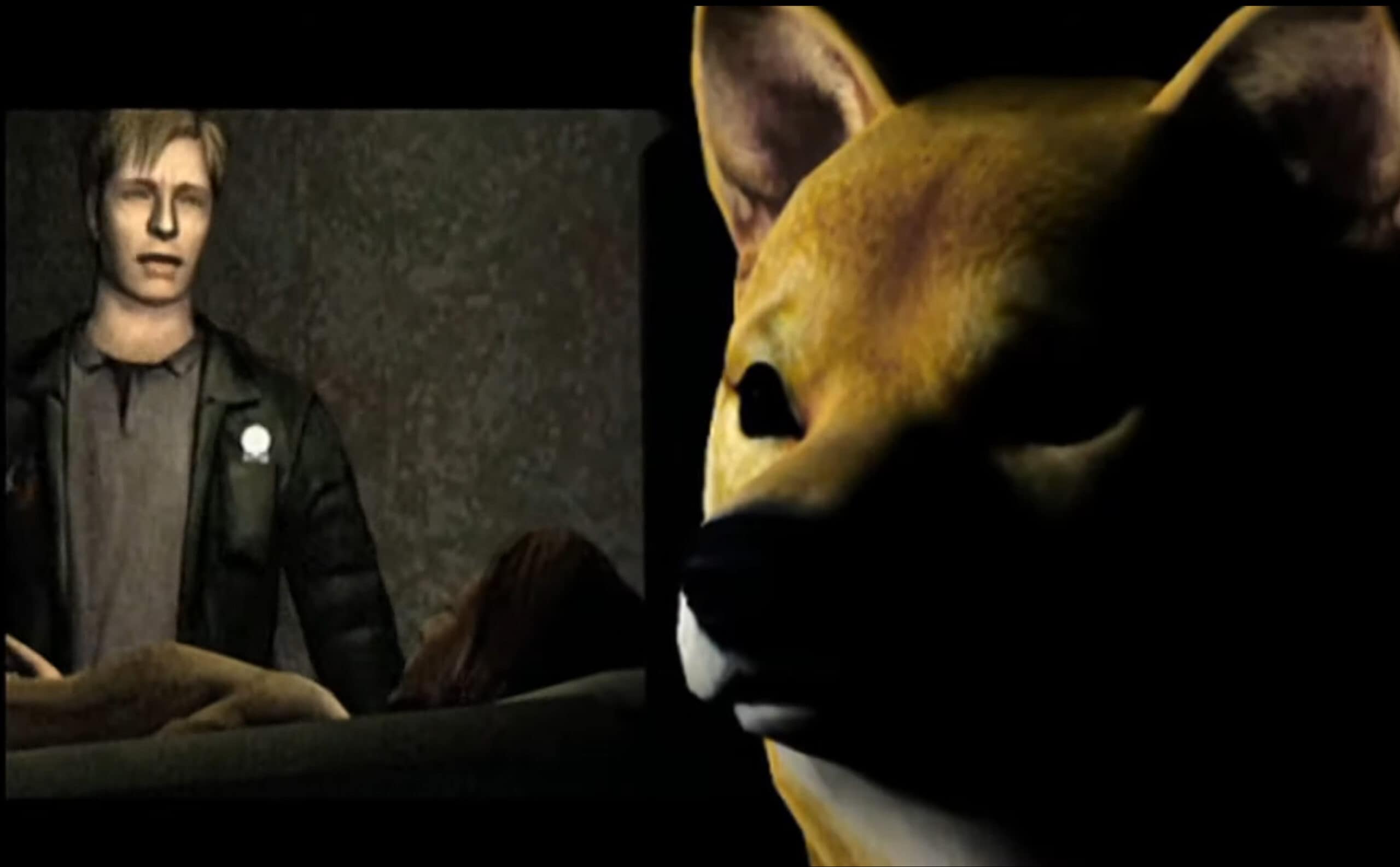Nuance isn’t something usually associated with AAA horror games. Jump-scares and over-the-top gore taking center stage in most franchises. The Silent Hill series, however, eschews those tropes in favor of atmosphere, heaps and heaps of atmosphere. Imagine if the movie Jacob’s Ladder wanted you to suffer. The only monsters to encounter are the ones already inside of you. Guilt as antagonist. Everything from the unending fog to the haunting sound design and score leaves the player uneasy. The existential horror is supplemented by some of gaming’s most horrifying enemies. There are few series with such high consistency of quality. Each entry in the Silent Hill franchise – even the weaker ones – holds fast to the idea that nothing can terrify you quite like yourself.
A thematically appropriate extended silence fell upon the franchise after the dissolution of Silent Hills (we’ll get to that). The announcement of Silent Hill f – the first mainline game in over a decade – at the end of 2022 kicked the hornet’s nest of excitement for fans of the genre. Now seems like the perfect time to delve into the series. What could be more relaxing than a nice road trip through the town of Silent Hill?
Silent Hill (1999)
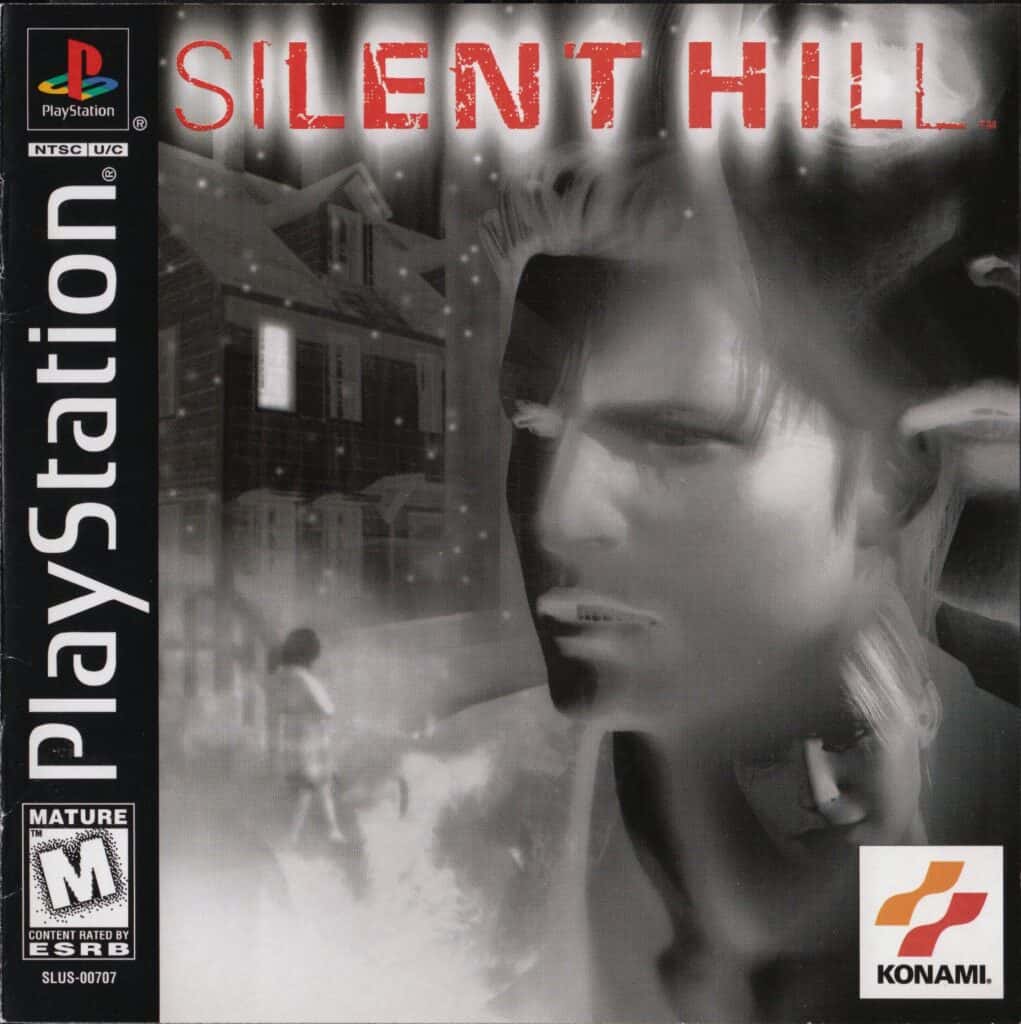
- Released for PS1
Introduced in 1999, the fog-shrouded streets of Silent Hill presented a fresh angle to psychological horror. With the eerie soundtrack by Akira Yamaoka accompanying Harry Mason’s search for his adopted daughter, Cheryl, the game cultivated an unsettling atmosphere. The original title, touching upon themes of grief, guilt, and redemption, established a foundation for the series’ future.
Blending horrifying monsters with perplexing puzzles, the game ventured deep into human emotions. It became an instant classic, setting the bar for what survival horror should aspire to be.
Silent Hill 2 (2001)
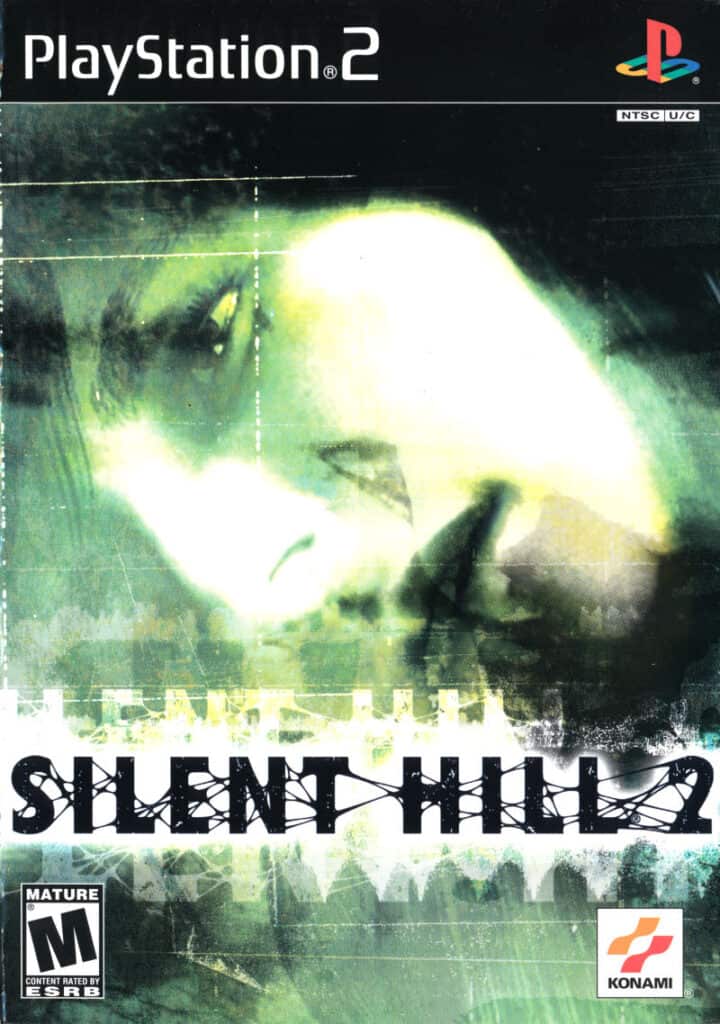
- Released for PS2
Two years post the debut of the original, Silent Hill 2 graced the PlayStation 2, and it remains, for many, the pinnacle of the series. Players follow James Sunderland, a man lured to the town after receiving a letter from his deceased wife. The game explores James’s internal struggles, entangling players in a web of betrayal, loss, and atonement.
The nuanced character interactions, coupled with the profoundly symbolic monster designs (think Pyramid Head), elevated the game to an art form. Silent Hill 2 didn’t just aim to scare players; it aspired to make them introspect, question, and feel. Its ending, depending on player choices, remains one of the most discussed and analyzed in video game lore.
Let’s not forget the greatest secret ending and credits scene in any game at any point.
Silent Hill 3 (2003)
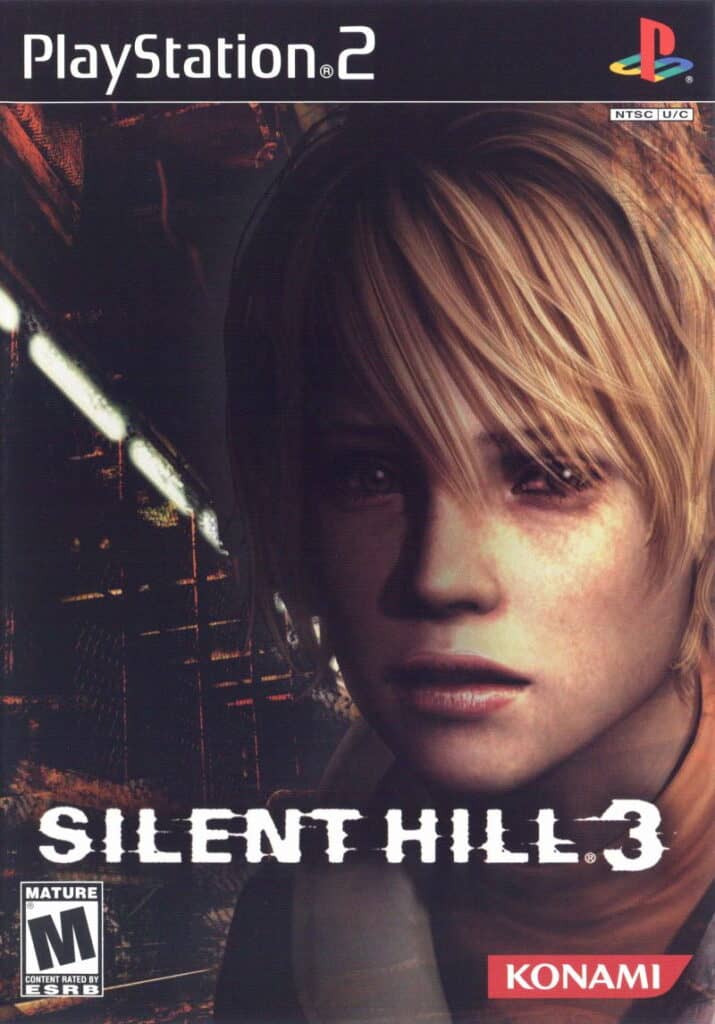
- Released for PS2 and Windows
A direct sequel to the original Silent Hill, Silent Hill 3 beckons players back into the fog-shrouded streets, this time through the eyes of Heather Mason, the adopted daughter of the first game’s protagonist. Taking a deep dive into the darker aspects of Heather’s origins and her connection to the town’s cult, Silent Hill 3 streamlines the narrative by intertwining story threads from the series’ debut.
While the original Silent Hill set the tone and Silent Hill 2 provided a deep, psychological narrative, the third installment ramped up the horror factor. Aesthetically, Silent Hill 3 outdid its predecessors with improved graphics, detailed monster designs, and atmospheric environments dripping with a sense of dread. The game’s haunting score by Akira Yamaoka (quite possibly the best of the PS2), combined with its disturbing imagery, solidified its place as a standout entry. However, not everyone was a fan of its more combat-heavy focus compared to the previous title, and some felt that while it tied up loose ends from the original, it lacked the emotional depth of its immediate predecessor. Regardless, it’s hard to dispute Silent Hill 3‘s contribution to solidifying the franchise’s reputation as a heavyweight in the survival horror arena.
Silent Hill 4: The Room (2004)
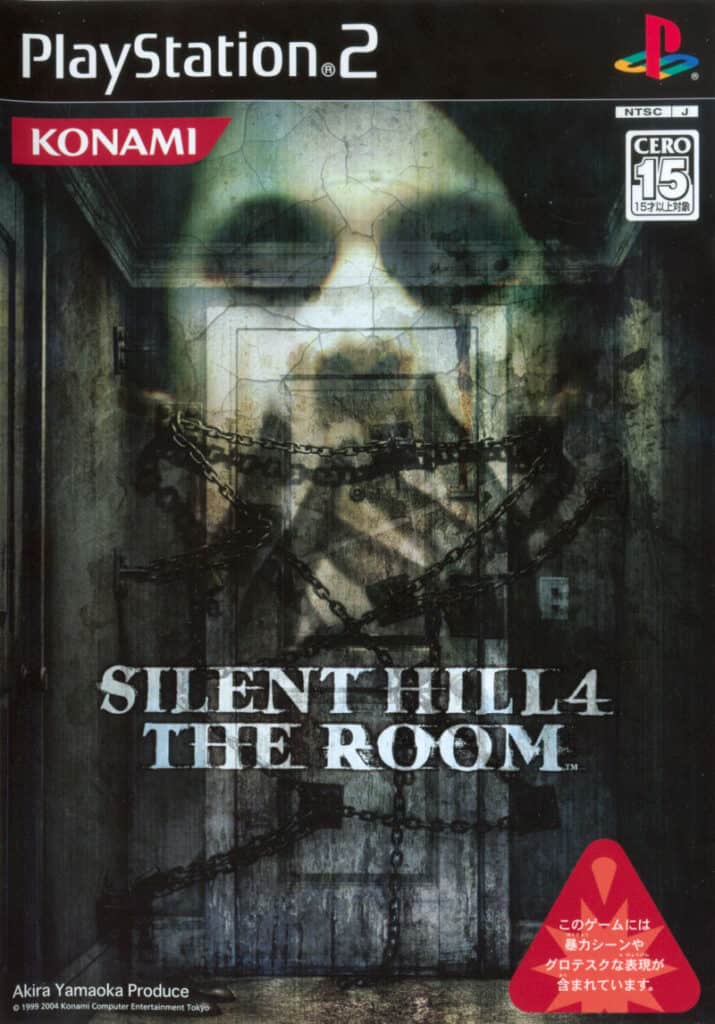
- Released for PS2
Breaking away from the franchise formula, Silent Hill 4: The Room presented a fresh perspective. Players assume the role of Henry Townshend, trapped in his apartment, witnessing surreal events through a mysterious hole in his bathroom. While the premise might sound a touch quirky, it led to some genuinely unsettling moments.
However, the game received mixed reviews. Some praised its attempt to innovate, while others felt it strayed too far from the franchise’s roots. The claustrophobic apartment setting, juxtaposed with the twisted alternate realities Henry explores, created a unique blend of horror and intrigue. Still, some design choices, especially the cumbersome inventory system, detracted from the overall experience.
Silent Hill: Arcade (2007)
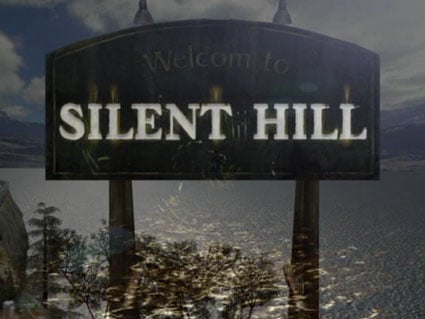
- Released for Arcade Hardware
Ah, there it is, Silent Hill: Arcade. The moment when the franchise takes a detour, ending up in the dingy, poorly lit corners of your local arcade (R.I.P.). Released in 2007, this light gun shooter game allows players to step into the fog-ridden town of Silent Hill, not to wrestle with personal demons or uncover intricate plot twists, but to shoot things. Shoot lots of things.
Silent Hill: Origins (2007)
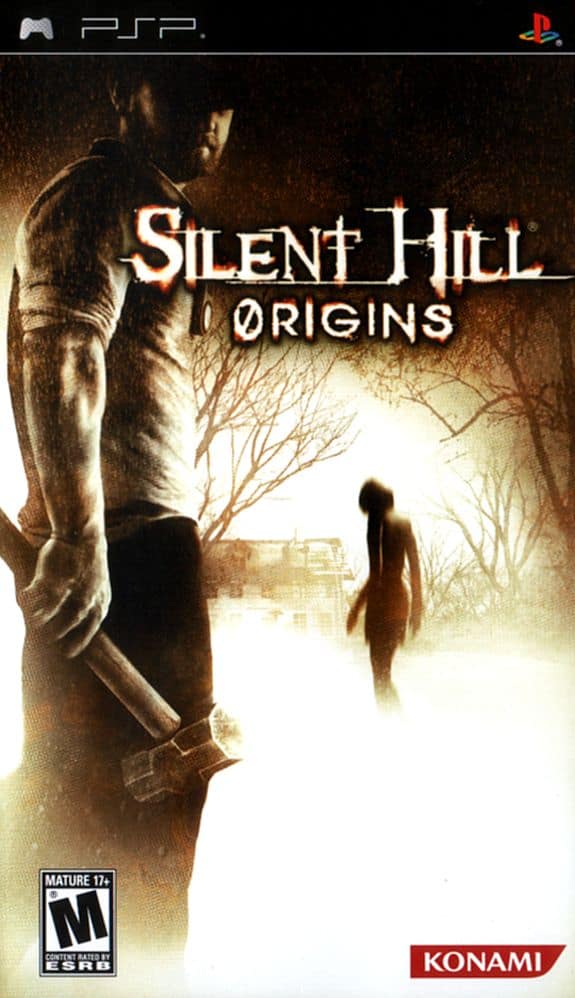
- Released for PSP and PS2
Serving as a prequel, Silent Hill: Origins sheds light on the town’s dark history. Players control Travis Grady, a trucker who stumbles upon Silent Hill’s eerie mysteries. The title attempted to bridge the narrative gaps of earlier games. While providing much-needed context, Silent Hill: Origins sometimes felt too familiar, treading the same ground as previous games. However, the addition of a throwable weapon system and a dual-world gameplay mechanic added a fresh twist.
Silent Hill: Orphan (2007)
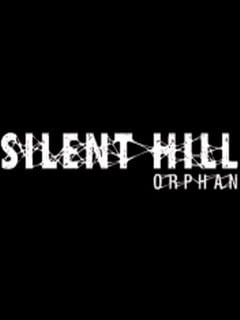
- Released for FOMA and iOS
The first shot at a mobile horror experience, Silent Hill: Orphan finds players trapped inside the Sheppard’s Orphanage. The gameplay leans heavily on puzzles and exploration with visuals and sound – understandably – limited by the hardware. While it couldn’t replicate the terror of the console entries, it was an admirable attempt to bring the Silent Hill essence to mobile.
Silent Hill: The Escape (2007)
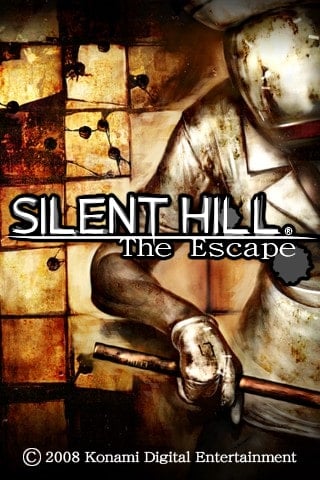
- Released for FOMA and iOS
Silent Hill: The Escape is an arcade-style first-person shooter designed for mobile phones. The goal is to navigate maze-like corridors, avoid iconic series monsters, find keys, and – well – escape. That’s…uh…that’s it, just another Konami cash grab.
Silent Hill: Orphan 2 (2008)
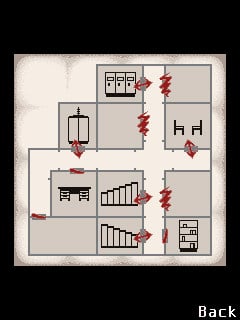
- Released for FOMA and iOS
This mobile sequel takes players back to the unsettling orphanage, expanding on the mysteries of its predecessor. Silent Hill: Orphan 2 retains the first-person view, combining point-and-click diet combat with puzzle-solving. While it advances the story, it brings nothing new to the table.
Silent Hill: Homecoming (2008)
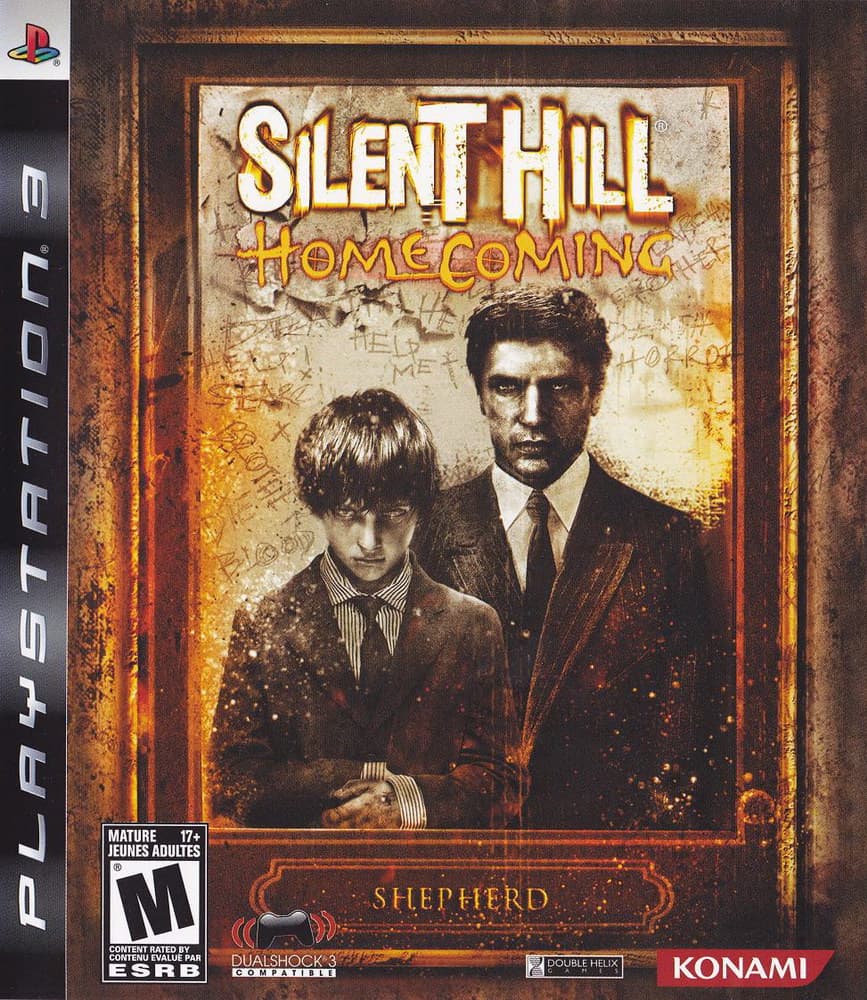
- Released for PS3 and Xbox 360
2008’s Silent Hill: Homecoming follows Alex Shepherd, a soldier searching for his younger brother in the mysterious town. Drawing inspiration from the movie adaptation, the game shifted toward a more combat-focused approach, a significant departure from the series’ traditional emphasis on evasion and puzzle-solving.
This shift was polarizing. While the graphics were a notable improvement and the story delved into family dynamics in a twisted Silent Hill fashion, many long-time fans felt the gameplay didn’t align with what made the original titles special. The increased combat felt out of place to some, and certain story elements, though compelling, lacked the nuanced execution seen in earlier entries.
Silent Hill: Shattered Memories (2009)
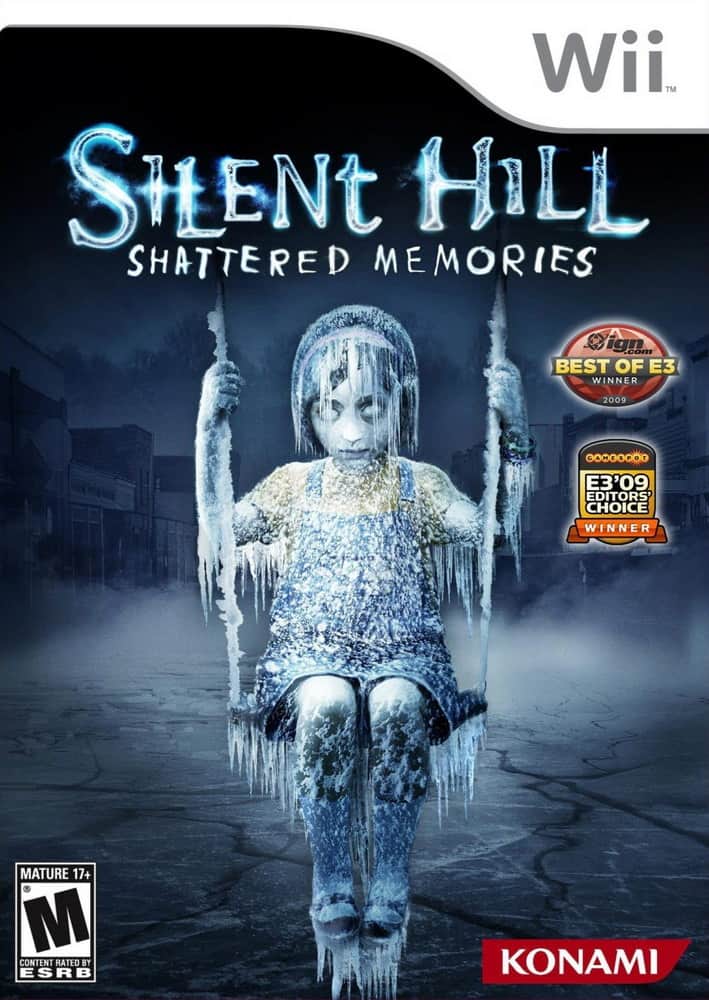
- Released for PSP, PS2, and Wii
A reimagining of the original game, Silent Hill: Shattered Memories ditches combat for a purely narrative-driven experience. Players revisit Harry Mason’s search for Cheryl but through an entirely new lens, complete with a psychological profiling system that alters in-game events.
This experimental approach, combined with the chilling ice-over mechanic, made Silent Hill: Shattered Memories a unique experience. While some missed the combat, others appreciated the renewed focus on storytelling and atmosphere.
Silent Hill: Orphan 3 (2010)
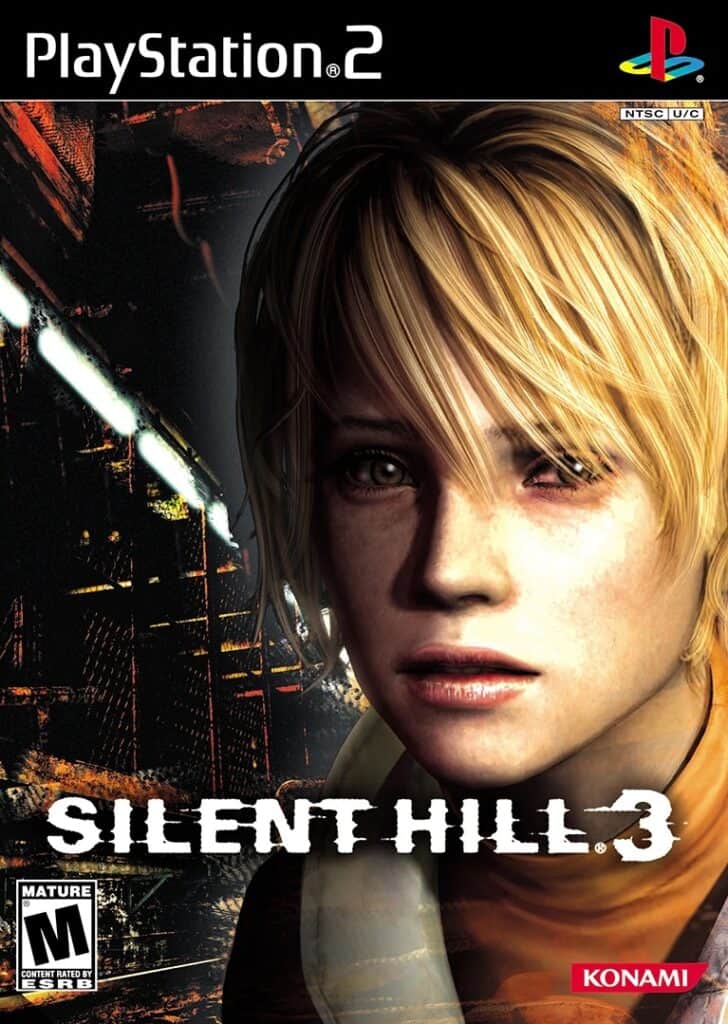
©Silent Hill 3 cover art
- Released for FOMA and iOS
Silent Hill: Orphan 3 wraps up the narrative of the mobile series. It plays the same as the other two. You didn’t play this one, you didn’t play the other ones, and – if everyone is being honest with themselves – you won’t.
Silent Hill: Downpour (2012)
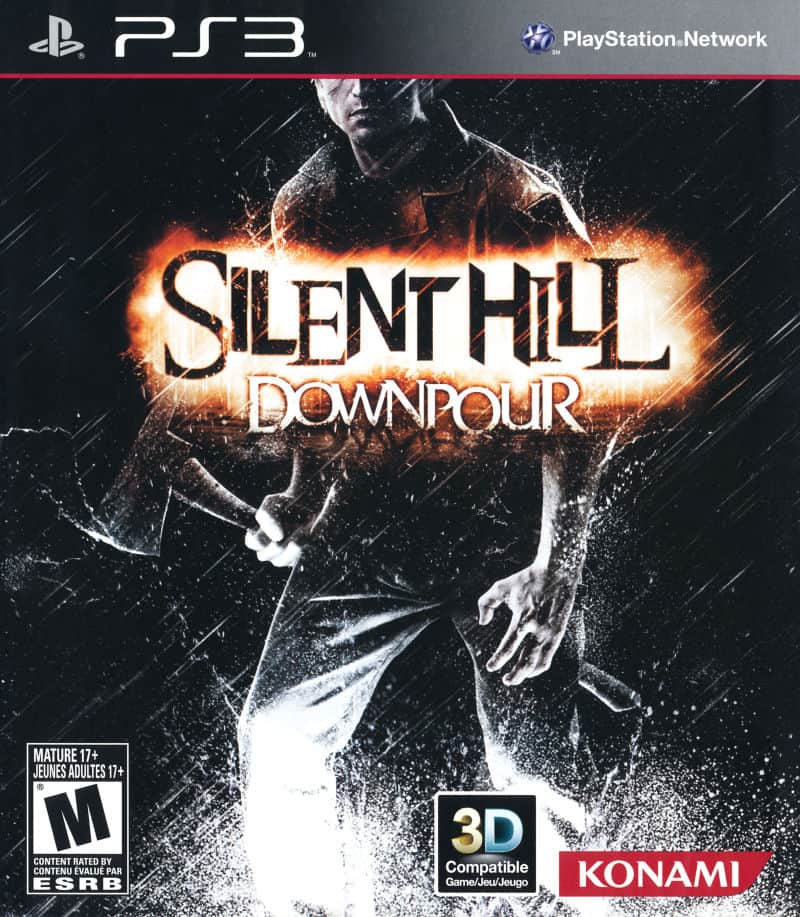
- Released for PS3 and Xbobx 360
The story of Murphy Pendleton, a convict trapped in the town after a prison transport accident, unfolds in Silent Hill: Downpour. The game tried to merge classic Silent Hill elements with newer mechanics, including open-world exploration and side quests.
Reception was mixed. On one hand, Silent Hill: Downpour was praised for its attempt to expand the Silent Hill universe and integrate modern gameplay elements. However, some fans and critics felt it lacked the cohesive narrative punch of the earlier games. The atmosphere was undeniably Silent Hill, with the ever-present fog and unsettling sound design, but technical issues and inconsistent pacing held it back from reaching the heights of its predecessors.
Silent Hill: Book of Memories (2012)
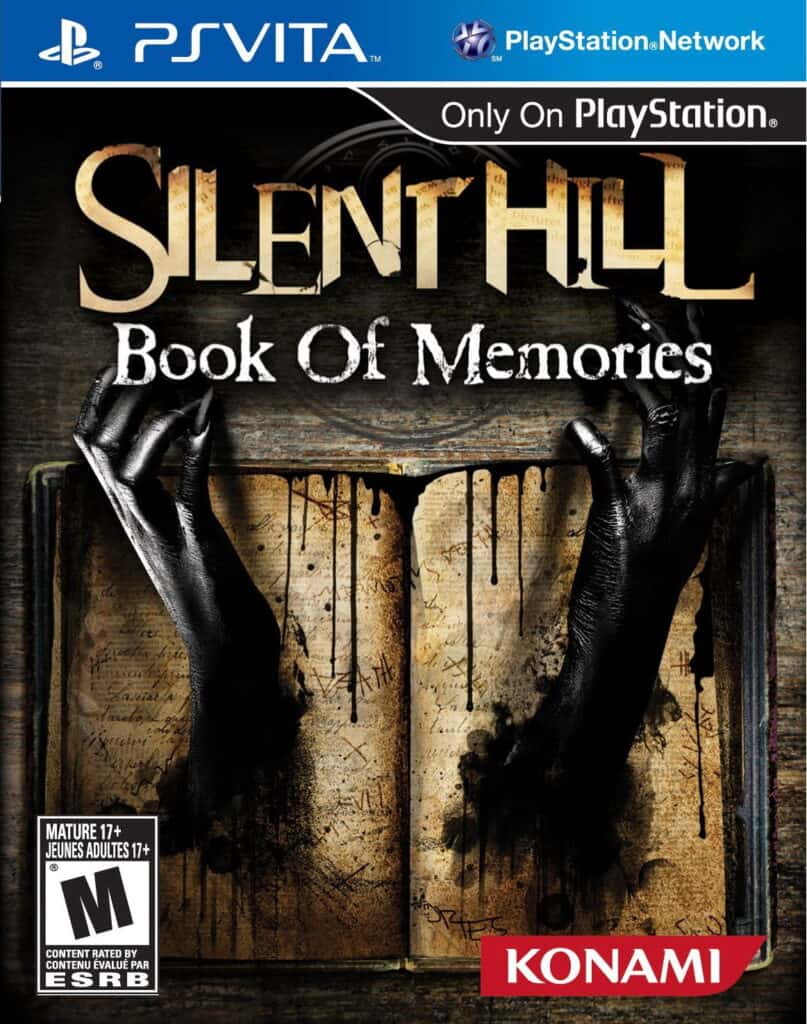
- Released for PS Vita
A drastic departure from the tone of the franchise, Silent Hill: Book of Memories shifted to a dungeon-crawling format with multiplayer elements. Centering around a mysterious book that alters past events, players navigate isometric levels filled with familiar Silent Hill threats.
While the game brings a fresh multiplayer experience to the Vita, it feels removed from the series’ core essence. The focus on action over narrative made Silent Hill: Book of Memories an outlier, pleasing some while leaving others pining for the traditional Silent Hill experience.
P. T. (2014)
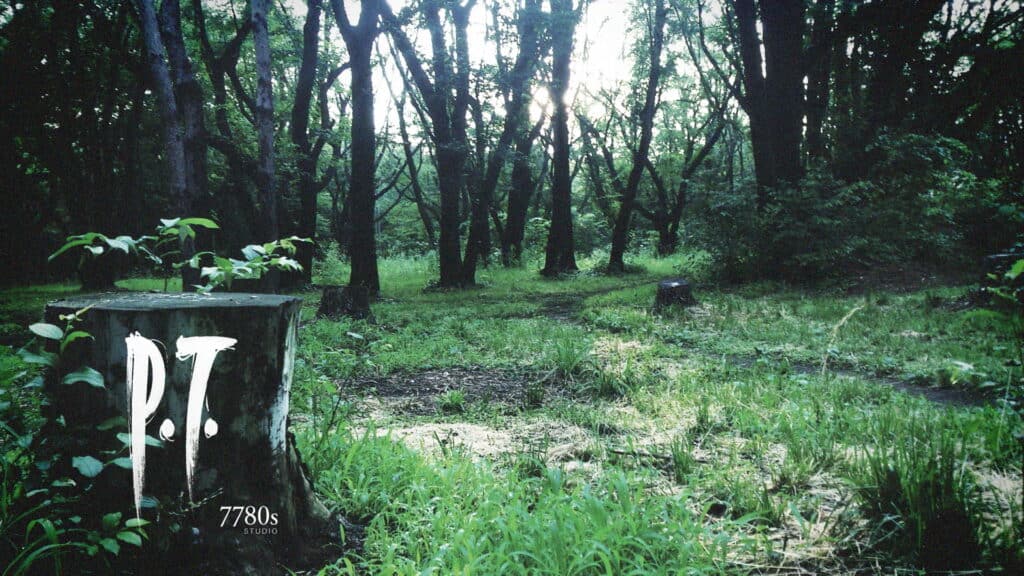
- Released for PS4
In 2014, a mysterious horror game demo titled P. T. dropped on the PlayStation Store. Presented by an unknown developer, 7780s Studio, the game featured a looping corridor with an increasingly unsettling atmosphere and cryptic puzzles. It wasn’t long before players worldwide were both captivated and horrified by its impeccable tension-building and supernatural occurrences.
Completing the elusive and intricate final puzzle revealed the staggering truth: P. T. was a “Playable Teaser” for a new Silent Hill game – titled Silent Hills – helmed by the legendary Hideo Kojima in collaboration with film director Guillermo del Toro. The game was intended to star actor Norman Reedus. This reveal was a masterstroke in marketing and had fans of the horror genre buzzing with anticipation.
However, the dream was short-lived. In 2015, amidst a well-publicized corporate rift between Kojima and publisher Konami, Silent Hills was unceremoniously canceled. P. T. was removed from the PlayStation Store, making it unattainable for those who hadn’t already downloaded it. This move turned the demo into a sort of digital legend; a tantalizing glimpse into what could’ve been one of the most groundbreaking horror games of its era. While it’s a sore spot for fans, P. T. is often lauded as a standalone masterclass in horror design, demonstrating how much can be done with so little.
A loss for the ages.
